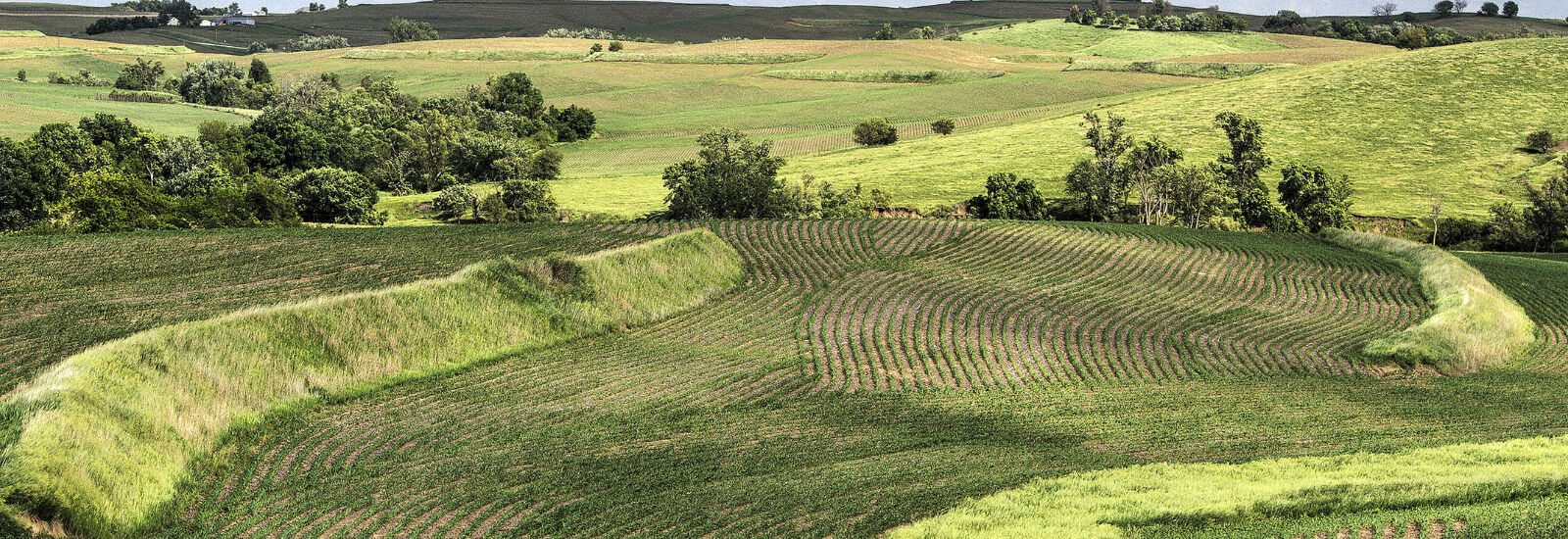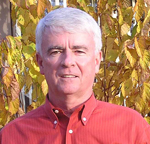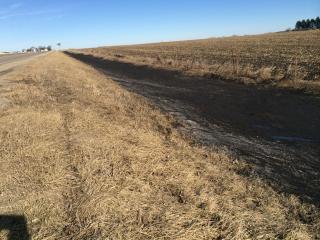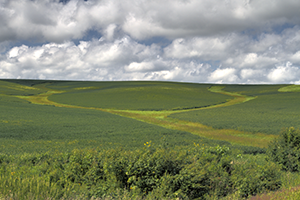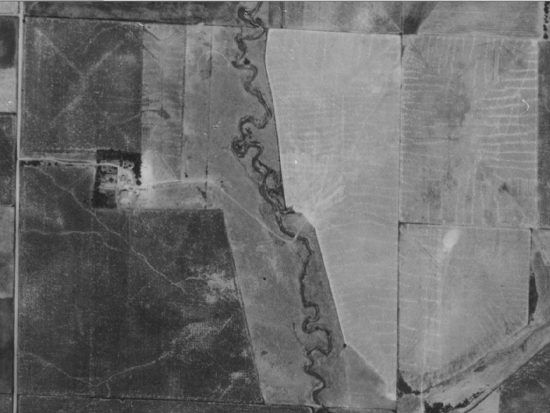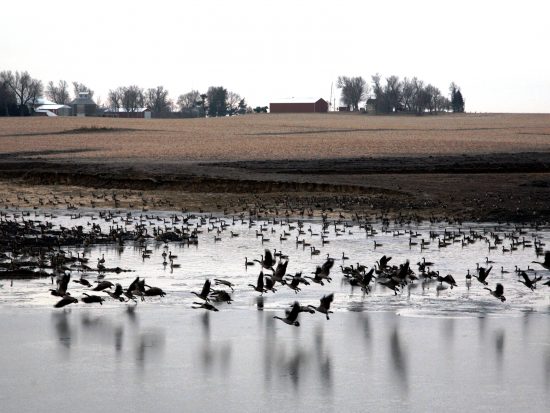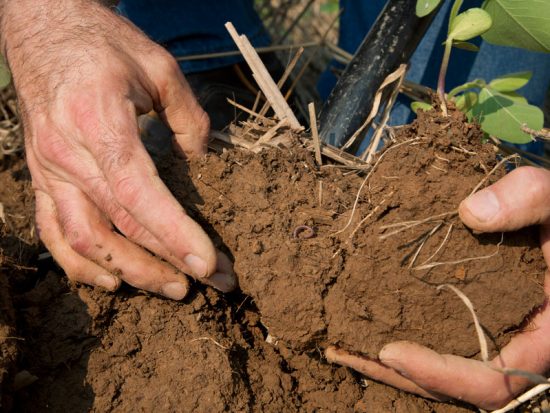This week I am pleased to have as my guest writer, Jim Gulliford, Executive Director of the Soil and Water Conservation Society (SWCS). SWCS is a professional society dedicated to promoting the science and art of natural resource conservation and has been a leader in encouraging the adoption of precision conservation. Jim has more than 30 years professional experience administering natural resource protection programs in agriculture and for the Environmental Protection Agency. I first met Jim back in the early 1980’s when I was a young NRCS …
We Need Soil Saviors
“If we had just controlled the soil erosion in past years,” Dr. Jerry Hatfield, ARS National Laboratory for Agriculture and the Environment, says “we would not be trying to figure out how to obtain 300 bushels/acre of corn.” Farmers would already be producing 300 bushels/acre with current technology.Obviously, agronomists need a new set of tools to communicate with farmers. Since soil erosion is not distributed evenly across the field, the farmer will want to evaluate those areas of the field where erosion is the worst and therefore costing …
Grassed Waterways – The Ugly Duckling of BMPs
Last week I was in a discussion with Dr. Mark Tomer, ARS National Laboratory of Agriculture and Environment, about the amount of research that exists, or more importantly the amount of research that does NOT exist, on the efficacy of grassed waterways. Dr. Tomer agreed there was very little research done on grassed waterways, but quickly added he could not imagine submitting a project proposal for grassed waterways because it is assumed, by most funding institutions, that grassed waterways are completely researched and …
Unintended Consequences – Part II
Last year, I wrote a column entitled Unintended Consequences. The column was about how my grandpa straightened his stream many years ago and the unintended results of that action. Of course, at the time, he had no idea of the series of events he was about to set off. I have a feeling I could start a whole new blog entitled “Unintended Consequences in Agriculture”. I doubt I would ever run out of material. Agriculture is complicated, and it is hard to predict what is going to happen and there seems to always be unintended consequences. …
Feeding The World: Where are we headed?
The world’s population will likely increase to nine billion people by 2050. That is a whole lot of mouths to feed. The combination of population growth and the world demand for richer diets will require us to approximately double the amount of crops grown over the next four to five decades. To make matters worse, the nine billion people will occupy more living space, require more infrastructure and use more recreation land, all leading to less land to farm. To feed the burgeoning population with fewer acres will require us to develop more …
A quest to improve soil health
A couple of weeks ago, I had the privilege of participating in an expert panel on soil health. The goal of the expert panel was to identify a tool that can be used to project soil health improvements as farmers adopt new agronomic practices.Much is being written and said about soil health these days. It seems like every agricultural magazine and website has at least one article on soil health. There is a constant stream of advice about how agronomic practices like cover crops and no-till can improve soil health. There is also an abundance …
